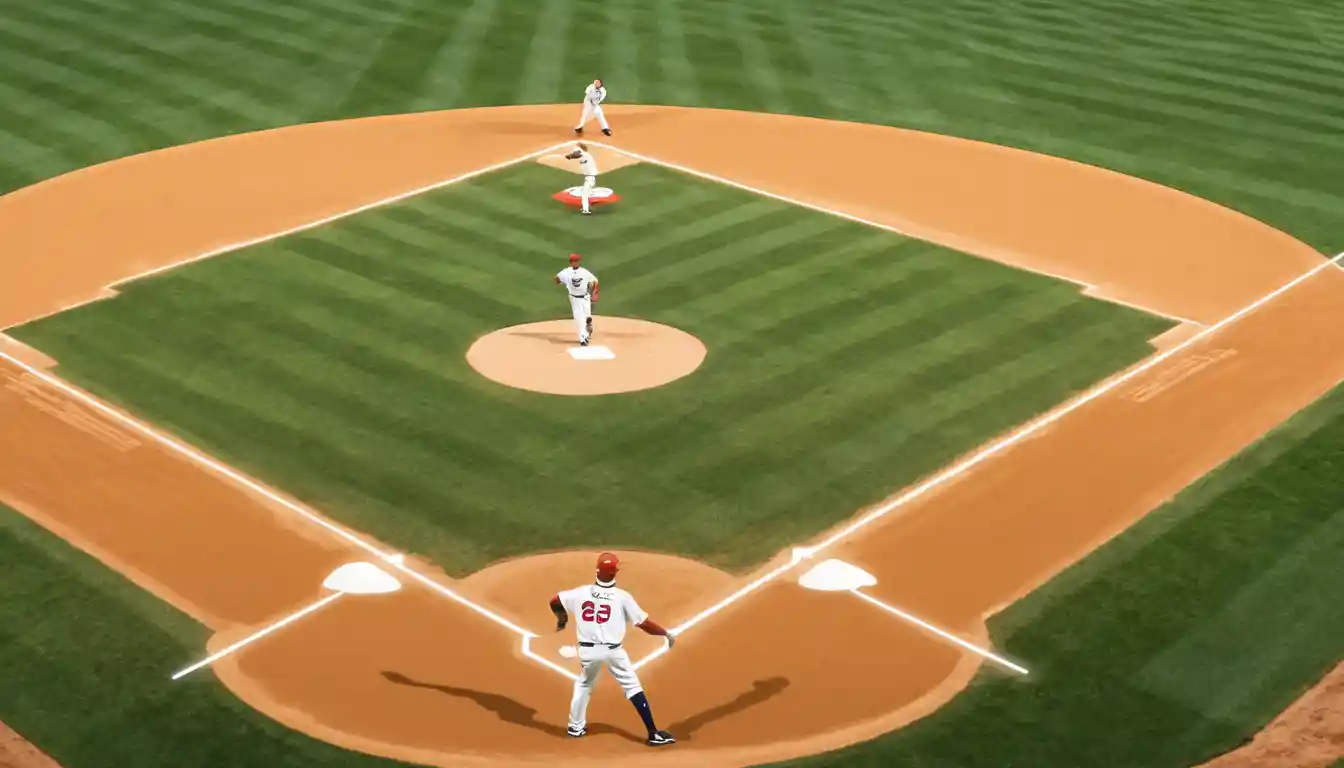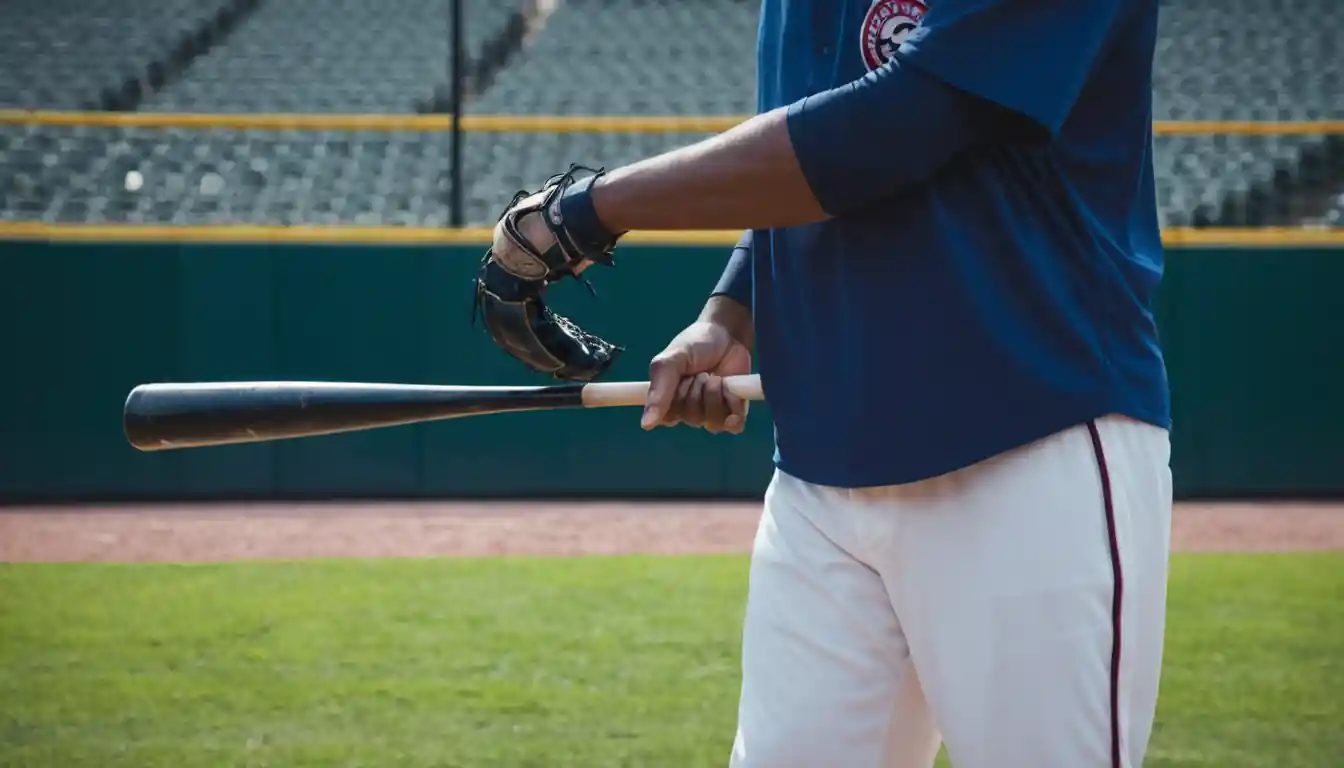Baseball is a game of strategy, where every player has a specific role that contributes to the overall success of the team. But not all players fit neatly into the traditional roles of pitcher, catcher, or outfielder. Enter the utility player, a key contributor who brings versatility to the field. But what is a utility player in baseball, and why are they so important?
If you’re a casual fan of the game or new to baseball, you might be wondering about the exact role of a utility player. This post will break it down for you and explain the value these players bring to their teams, along with how they adapt to a variety of positions.
What Is a Utility Player in Baseball?
In simple terms, a utility player in baseball is someone who can play multiple positions on the field. Rather than being confined to one spot, they’re versatile and able to step in and contribute wherever needed. This flexibility makes them invaluable to a team, especially over the course of a long season.
The Flexibility Factor
Utility players are not just limited to a single position; they can fill in at different spots across the field, whether it’s infield or outfield. A utility player may start the season primarily as a second baseman but can also play shortstop, third base, and even in the outfield. This gives the team flexibility in terms of substitutions, injuries, and matchups with opposing teams.
Key Skills of a Utility Player
Being a utility player requires a unique set of skills. It’s not just about being able to play different positions, it’s about excelling in all of them. Let’s look at some key qualities that make a great utility player:
Adaptability: The ability to learn and perform different roles with ease is essential. Whether it’s learning how to handle a ground ball at shortstop or adjusting to the speed of the outfield, adaptability is key.
Strong Baseball IQ: Utility players must understand the game deeply. Knowing the nuances of different positions, positioning on the field, and how to handle specific game situations are crucial to their success.
Conditioning and Endurance: Given that utility players may be asked to play multiple positions, they need to stay in top physical shape. They need endurance to handle multiple games at different positions throughout the season.
Mental Toughness: Utility players often don’t know where or when they’ll be playing, making mental preparation a critical trait. They must stay sharp, ready to step into any role at a moment’s notice.
Batting Versatility: While many utility players are primarily known for their defensive capabilities, the ability to contribute with the bat is also important. A utility player who can switch-hit or adapt their approach to different pitchers gives their team even more flexibility.
Examples of Utility Players in Baseball
Some of the greatest players in baseball history have made their names as utility players. Let’s take a look at a few examples:

Ben Zobrist
One of the most famous modern utility players is Ben Zobrist. Over the course of his career, Zobrist played second base, shortstop, third base, and the outfield. His versatility helped him become an All-Star and a key member of the Chicago Cubs’ World Series-winning team in 2016. Zobrist’s ability to play multiple positions at a high level made him invaluable to his teams.
Chris Taylor
Another great example is Chris Taylor, who has played multiple positions for the Los Angeles Dodgers. Taylor has played every position except for catcher, and his ability to step in anywhere has made him one of the Dodgers’ most reliable players.
These examples demonstrate how a utility player can provide tremendous value to a team by giving the manager more options when constructing the lineup or making in-game adjustments.
The Importance of a Utility Player in Baseball
A utility player’s true value lies in their ability to provide depth to the roster. Injuries are common in baseball, and having a utility player means the team doesn’t have to worry as much about filling a gap when a starter goes down. They also help with giving regular players rest during a long season, ensuring that key positions remain strong without overworking any one player.
Advantages to the Team
Roster Flexibility: A utility player allows a team to carry one less traditional backup player, thus freeing up a spot for a specialist in another area (like a pinch hitter or a pitcher).
Injury Coverage: Teams with utility players are less likely to experience significant setbacks when injuries occur, as these players can step in and perform effectively in various roles.
Lineup Shifts: Utility players can be crucial in managing lineups against different pitching matchups. For example, they can be swapped into the lineup for defensive purposes or to face a specific pitcher.
Managing the Utility Role
While the value of a utility player is obvious, managing their role can sometimes be tricky. Coaches and managers must keep a close eye on ensuring that utility players don’t become too stretched thin or mentally exhausted by constantly shifting roles. That’s why it’s crucial that these players get adequate rest and time to focus on improving in each of the positions they cover.
How to Become a Utility Player
If you’re looking to become a utility player yourself, there are several key steps you can take to improve your chances:
Master the Basics of Multiple Positions: Start by learning the fundamentals of every position on the field. Start with the infield, then expand to the outfield. Make sure you understand the unique skills required for each role.
Stay in Peak Physical Condition: As a utility player, you’ll need to stay sharp and ready for anything. Focus on building endurance and strength so you can handle the demands of playing different positions.
Enhance Your Baseball IQ: Study the game and learn the strategies that each position demands. Understanding the ins and outs of base running, defensive positioning, and offensive matchups will make you more valuable to your team.
Work on Batting Versatility: In addition to your defensive skills, develop your ability to hit from different positions. Having a strong bat, whether it’s power or contact hitting, will make you a more well-rounded utility player.
Stay Mentally Ready: The life of a utility player can be unpredictable. Be prepared to play at a moment’s notice and stay mentally sharp.
How Teams Value Utility Players
Teams value utility players because they provide flexibility and security. A solid utility player can step in when a starter is injured, help create better matchups, and offer key defensive relief. They may not always be in the spotlight, but their value is immeasurable when it comes to contributing to a winning season.

What Is a Utility Player in Baseball? The Bottom Line
In summary, what is a utility player in baseball? It’s a player who can adapt and play several positions across the diamond. Their versatility provides tremendous value to their teams, allowing them to adjust to injuries, matchups, and changing game situations. Whether it’s a player like Ben Zobrist, Chris Taylor, or another unsung hero, utility players are vital to the success of a team.
Frequently Asked Questions
What is the role of a utility player in baseball?
A utility player in baseball is someone who can play multiple positions on the field, offering flexibility to the team. Instead of being confined to one position, they can step in and contribute wherever needed, whether it’s infield or outfield, and help the team manage injuries or matchups during the season.
What skills are important for a utility player?
Key skills for a utility player include adaptability to perform in different positions, a strong baseball IQ to understand game strategies, excellent conditioning and endurance, mental toughness to stay sharp, and batting versatility to contribute offensively as needed.
How does a utility player help a team?
A utility player provides depth to the roster, offering coverage for injuries and allowing regular players to rest. Their versatility enables the team to adjust lineups and handle specific matchups with opposing pitchers. They bring valuable roster flexibility, reducing the need for additional backup players.
Can a utility player be an everyday starter?
While utility players are often used in rotational or backup roles, some players, like Ben Zobrist or Chris Taylor, have made significant contributions as everyday starters. Their ability to excel in multiple positions gives managers the flexibility to make lineup adjustments, but their success depends on maintaining their physical and mental readiness.
What should I do if I want to become a utility player?
To become a utility player, focus on mastering the fundamentals of multiple positions, staying in peak physical condition, enhancing your baseball IQ, and improving your batting versatility. Mental preparation is also essential, as utility players need to be ready to step in at any moment.
Conclusion
In conclusion, the utility player is an invaluable asset to any baseball team. Their versatility allows them to step into various positions, whether infield or outfield, making them crucial for handling injuries, lineup shifts, and other in-game adjustments. By mastering multiple roles, these players offer managers flexibility and ensure the team’s depth is maintained throughout the long season. Utility players often go unnoticed but are key contributors to a team’s success. They possess adaptability, a strong baseball IQ, excellent physical conditioning, and mental toughness. As the game evolves, the role of the utility player continues to grow, making them an essential part of any roster. Whether they are contributing offensively or defensively, utility players are a testament to the importance of versatility in baseball.

